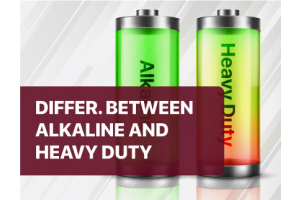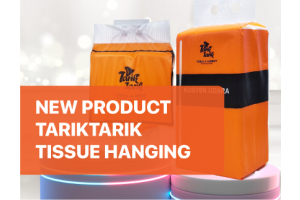5 Types of Packaging Materials and Their Best Uses
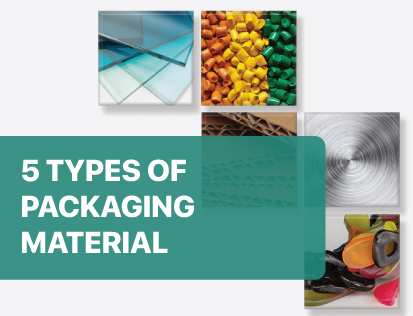
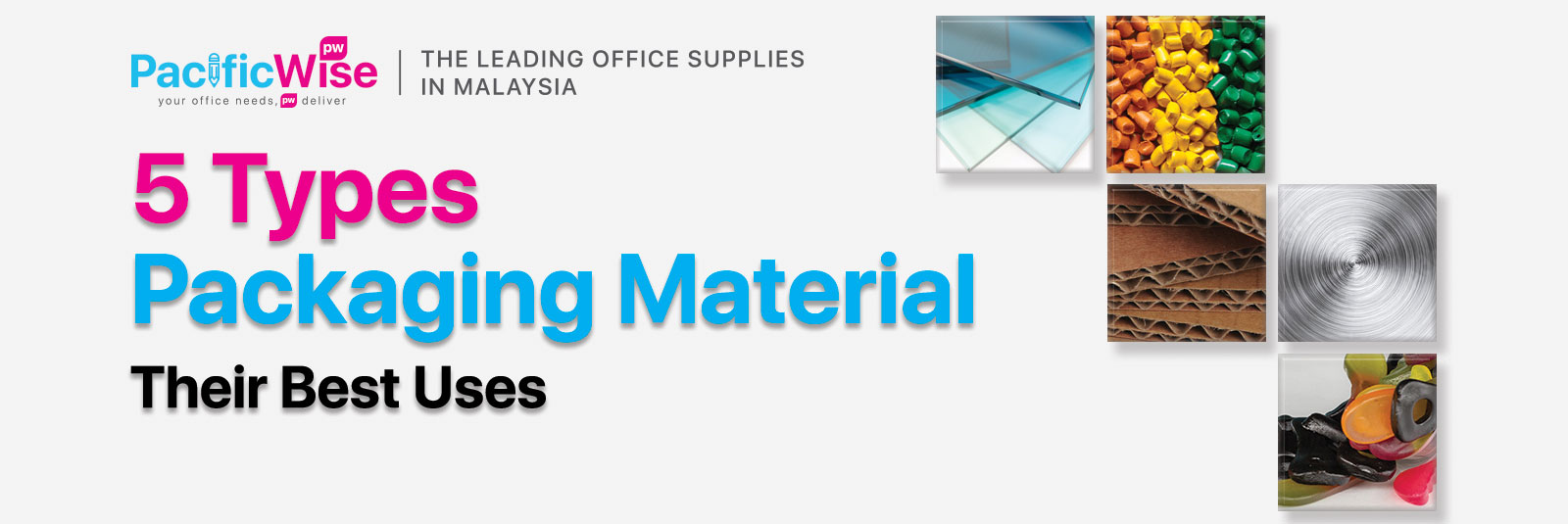
The main role of packaging is to protect the product from Point A (usually the manufacturing plant) to Point B (the ultimate user!).
But that’s not its only task. Packaging designs also serve as an advertising medium, letting manufacturers describe and promote their products with eye-catching words, colors, and fonts.
Packaging can even extend shelf life. It also allows oddly shaped items to stack neatly in a display and makes possible the use of machines to move pallets loaded with goods.
Additionally, packaging is a reflection of the manufacturer’s budget, advertising technique, and environmental awareness.
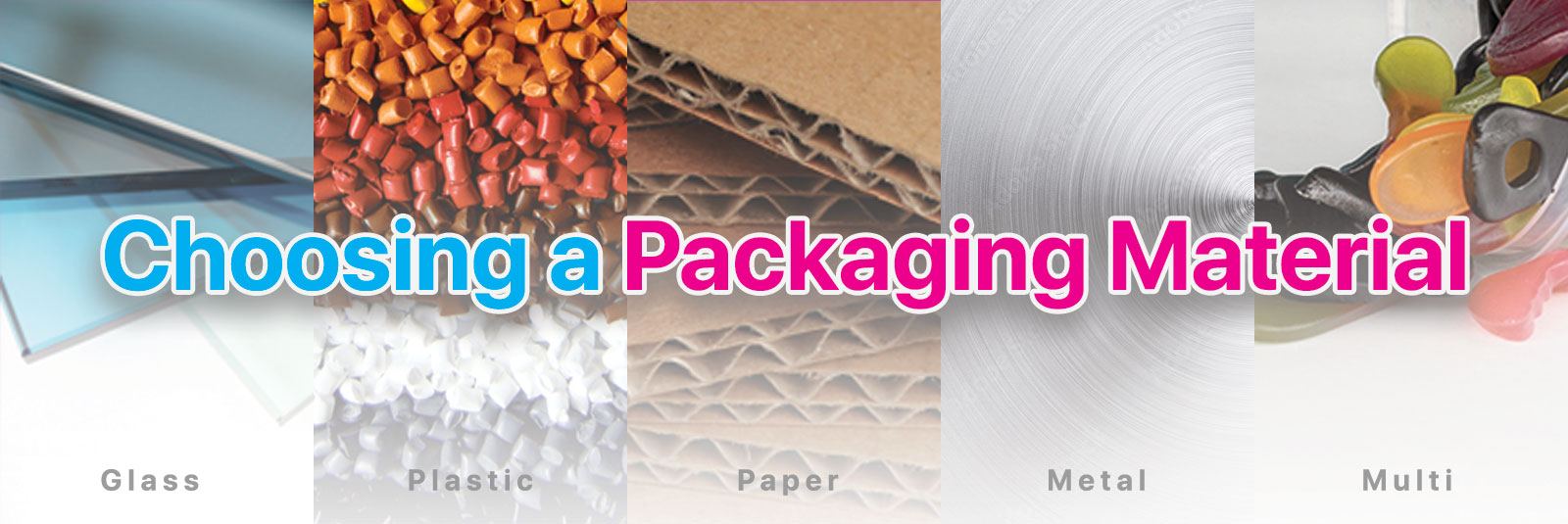
The type of packaging a manufacturer chooses depends on what they need. For something lightweight, paper and plastic fit the bill. Materials like metal or glass are heavier but more durable. Ultimately, choosing a packaging type comes down to stylistic choices, shipping conditions, shelf stability, and the product’s end user.
What are your choices? Here are five common packaging materials to choose from:
1. Glass.
A nonporous, nontoxic material made from sand, glass is infinitely recyclable. One of its downsides is breakability — glass products may shatter in transit, costing the manufacturer money in the form of lost products and time spent cleaning up. It’s also heavier than plastic and requires substantial heat (energy) to produce.
But glass is an excellent barrier material, preserving the flavor of foods and drinks without leaching particles into them.
Manufacturers may design colored or textured glass containers with aesthetic appeal, encouraging people to buy the product inside. This is often the case with alcohol, soda, or candles.
Glass packaging is also reusable.
2. Plastic.
Polymers are the main ingredient of this synthetic material. When it comes to packaging, plastic may be flexible — as is the case with bags, wrappers, and stickers — or rigid — such as bottles, jars, and tubs, holding foods, drinks, detergents, pharmaceuticals, and more.
Plastic is also used inside other types of packaging in the form of packing peanuts or bubble wrap.
Plastic is lightweight, inexpensive, and strong enough to protect items during shipping. As a tape, it can bind packages together. Manufacturers can make it in a variety of colors and opacities.
However, it’s could be difficult to recycle plastic, so most of it ends up in landfills or the environment. It could break down into tiny pieces called microplastics that often contaminate waterways and food.
Researchers have discovered a way to turn some plastics into fuel, which could hopefully make it a more sustainable material in the future.
3. Paper.
Pulp from wood or other sources, such as hemp or bamboo, makes up this type of packaging. Manufacturers often use it as a wrapper, paper box, shredded packing material, or in the form of paperboard. Corrugated boxes are made of two or more layers of paper stuck together by adhesive.
Paper is 100% recyclable, which can make it a sustainable choice of packaging material. Making it out of wood is less eco-friendly, but there are numerous up-and-coming alternatives that have a smaller carbon footprint. Bamboo, for example, grows quickly and comes back repeatedly after being cut down.
Paper can be less sturdy than other packaging materials, but it is durable in the form of board, and it’s lightweight.
4. Metal.
Aluminum, steel, and other types of metal packaging are made by mining raw materials from the earth, then refining them. Metal can be more durable than glass or plastic, although thin metal is usually pliable and subject to bending out of shape.
Manufacturers use metal cans to package products as diverse as soda, green beans, paint, and shoe polish. Metal cans prevent food from spoiling, allowing it to be stored longer. Steel drums also transport large quantities of liquids, such as oil, for commercial use.
Metal can be dropped or subjected to high heat without breaking. Obtaining metal by mining is often an ecologically destructive process, but it’s easier to recycle than plastic. Metal packaging ranges from light to heavy depending on its thickness.
5. Multi-Material.
Also called multi-layer packaging, multi-material packaging is just what it sounds like — a combination of different material types. For example, juice boxes are made of layers of polyethylene, aluminum, and paper. Fertilizers and cement may be packaged in a structure made of paper and plastic, since paper by itself cannot withstand being wet.
Multi-material packaging can be engineered to guard products from moisture, like a metallized plastic bag that keeps potato chips crisp.
Unfortunately, this type of packaging is hard to recycle due to the mix of materials unless specifically designed to be easily separated.





